
VISE
Collaborators
This project was done in collaboration with NUS Yong Loo Lin School of Medicine.
Overview
Creating an immersive realism for mass casualty disaster through Virtual Reality (VR).
Key Problem(s)
A mass casualty disaster drill to equip medical students with relevant skillset takes up a lot of resources in terms of time, manpower and other logistics costs, as it requires a large physical space that may potentially cause inconveniences to the public. This makes the holding of a drill rare, which short changes the learning opportunity of the medical students.
Objective
The objective of the project is to design a cost-effective and reusable solution for medical students to learn the process of triage, so that these students can build up their muscle memory on the processes which they can carry on with greater familiarity to the actual disaster occurrence.
Solution
Virtual Interactive Simulation Environment (VISE) was designed to help medical students build up muscle memory on the drill processes. Its intuitive and realistic interface helps to recreate the mass casualty disaster scenario at a highway accurately to ensure learning goals of the training are met.
Using buttons to interact with the environment, players (up to 4 players simultaneously) must go through the motion of actions:
- Kneeling down and placing their head over the casualty's mouth to detect breathing
- Tilting a casualty's head using both hands to clear the airway
- Pressing a casualty's thumb to check their capillary refill rate
- Picking up triage tags and applying to a casualty
Players will receive a score card after they perform triage on the casualty as a form of immediate feedback on their actions.
VISE requires the player to move their entire bodies, and mimic triage actions and life-saving procedures, rather than simply pushing buttons, which most VR simulations do. The accuracy of the content in VISE has been crafted with the verification of doctors with the intent of immersive realism, and also to ensure that it accomplishes the learning goals of the training.
Deployment and Usage
VISE was showcased at the following locations:
- Innovfest Unbound 2019
Impact
Users build up their muscle memory by mimicking the triage actions as close as possible to their actual medical training that they receive, which translates to improved confidence in handling real-world scenarios they may encounter.
Publications and Press
Media Mentions:
Gallery
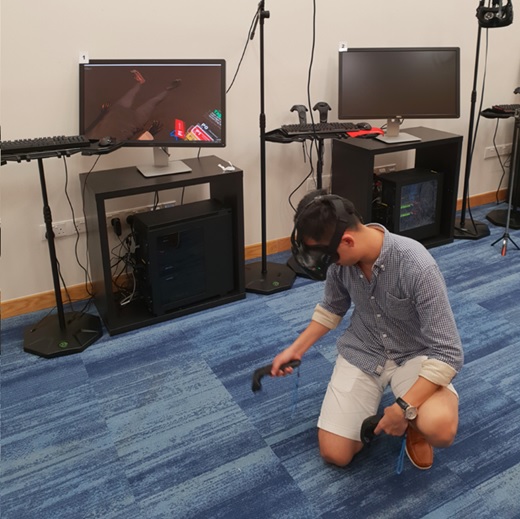
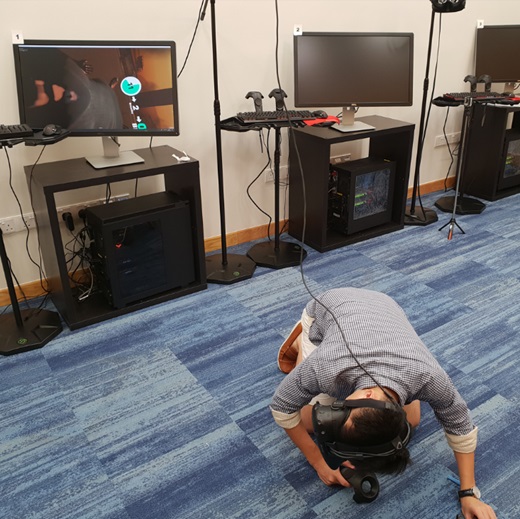
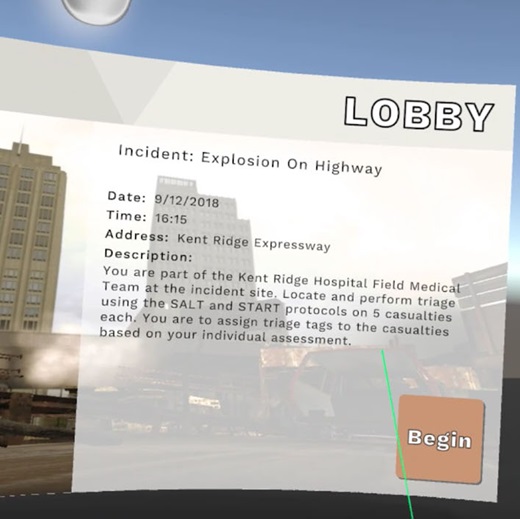

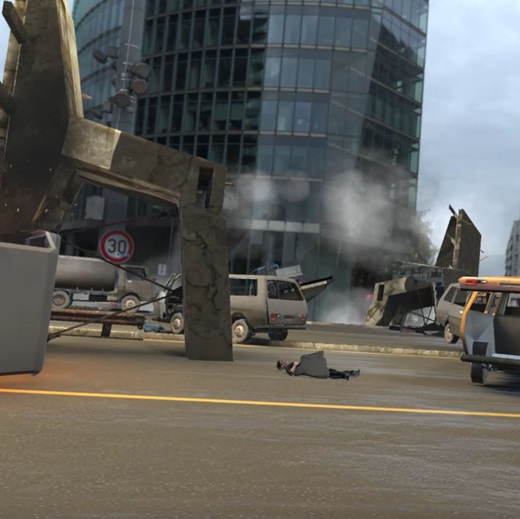
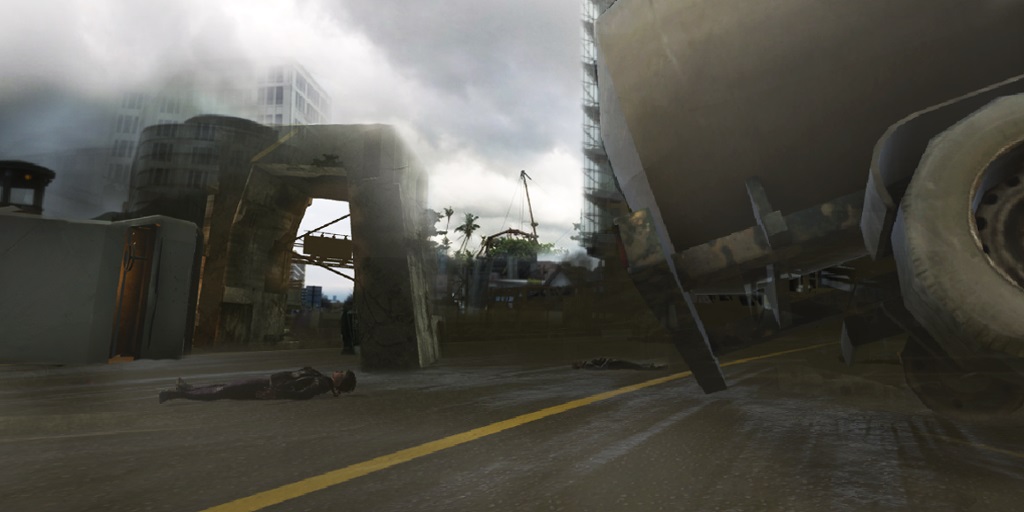
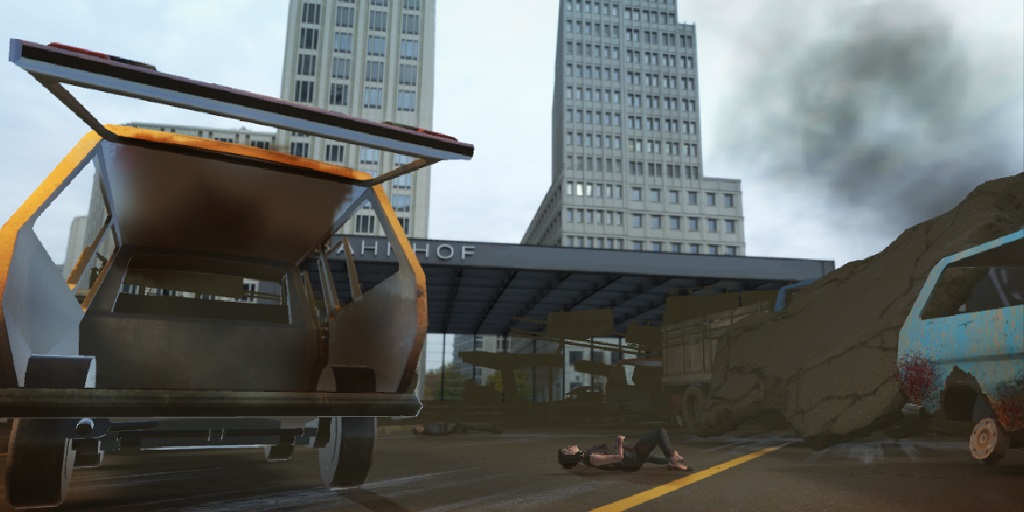
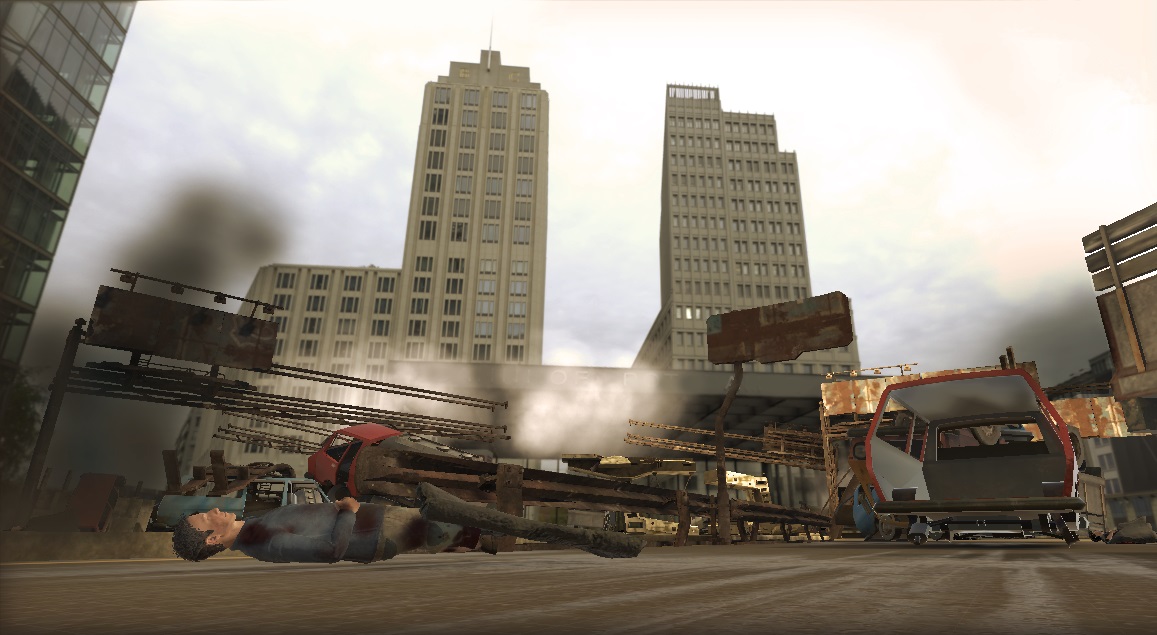
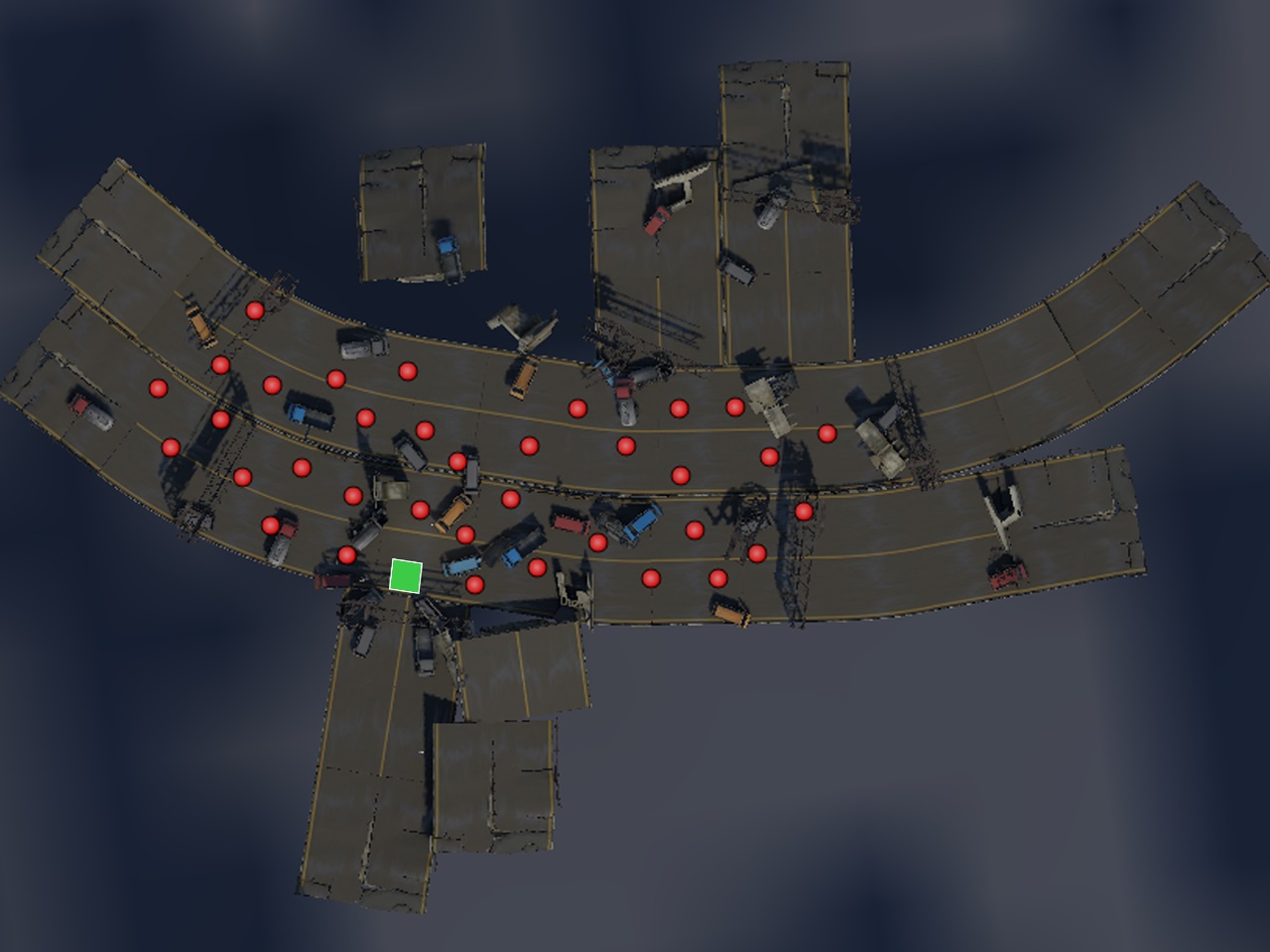
Project Contact
Teo Chor Guan
idmtcg at nus.edu.sg
Team Members
Ben Low Chin Hong
Chuah Chong Yunn
Allan Lee
Kelly Khiew
Marcus Lin
Tan Chee Ming